Reviving the World Trade Organization
For Prelims: World Trade Organization, Free trade agreement, Most-Favoured-Nation (MFN) Principle, General Agreement on Tariffs and Trade, Special and Differential Treatment
For Mains: Significance of the World Trade Organization in global trade, Challenges undermining the relevance of the WTO.
Why in News?
The World Trade Organization (WTO), was designed to foster rules-based global trade. However, instances of rising protectionism, the paralysis of its dispute settlement mechanism, and the proliferation of preferential Free trade agreements (FTAs) have raised concerns over its continuing relevance.
What are the Challenges Undermining WTO’s Relevance?
- Paralysis of the Dispute Settlement Mechanism: The Appellate Body (the final court for trade disputes), once a cornerstone of the WTO’s credibility, has been non-functional since 2019 due to the US blocking the appointment of new judges.
- Dispute consultations peaked between 1995 and 2003, but after 2018, both dispute settlement activities and appeals sharply declined due to the paralysis of the Appellate Body.
- This has weakened enforcement of global trade rules, encouraging "appeals into the void" and eroding the rule-based order.
- Negotiation Deadlock (Doha Round Failure): The Doha Development Round (started in 2001) aimed to make global trade fairer for developing countries.
- But negotiations deadlocked over agriculture, market access, and subsidies. Limited successes like the Trade Facilitation Agreement (TFA) and Fisheries Subsidies are exceptions, not the norm.
- Developed and developing countries had conflicting interests, and WTO could not reach consensus under the "single undertaking" principle.
- Erosion of the Most-Favoured-Nation (MFN) Principle: The WTO’s core principle under Article 1 is the MFN rule, ensuring non-discriminatory trade among members.
- However, FTAs are recognized exceptions to Article 1, provided they are notified to and approved by the WTO.
- The WTO’s weak scrutiny of FTAs has undermined the MFN system, as the rise of bilateral and regional FTAs bypasses MFN obligations, fragments trade rules, and sidelines the multilateral vision.
- Rise of Protectionism and Trade Wars: The US-China trade war and use of unilateral tariffs (e.g., by invoking "national security" under General Agreement on Tariffs and Trade (GATT) Article XXI) undermined WTO principles.
- GATT Article XXI, the "security exception," permits WTO members to form trade rules to safeguard essential security interests, including actions related to fissionable materials, arms traffic, and wartime measures.
- Countries increasingly resort to national security exceptions to justify protectionist measures.
- Inability to Address New Trade Issues: WTO rules lag behind emerging sectors such as digital economy, e-commerce, green technologies, and data localization.
- No comprehensive framework exists for regulating cross-border digital trade or climate-related trade barriers.
- Power Asymmetry Among Members: Developed countries (e.g., US, EU) push aggressive reform agendas, while developing countries (like India, South Africa) resist due to fears of losing development space.
- Lack of equitable treatment in areas like agricultural support and intellectual property rights widens North-South divides.
- Geopolitical Rivalries Undermining Consensus: The growing tensions between the US and China, the fallout from the Russia-Ukraine war, and the emergence of and strategic bloc formations (e.g., Indo-Pacific Economic Framework (IPEF), BRICS initiatives) have significantly reduced cooperation within the WTO.
- Mega trade deals such as the Comprehensive and Progressive Agreement for Trans-Pacific Partnership (CPTPP), and the Regional Comprehensive Economic Partnership (RCEP), are creating alternative frameworks that impose stricter standards on labor, environment, and digital rules.
- As these agreements gain traction, the WTO risks becoming less central in global trade governance.
- Additionally, consensus-based decision-making in the WTO has become increasingly difficult, further compounded by rising geopolitical mistrust.
- Disagreement Over "Developing Country" Status: WTO members self-declare their status as a "developing country" to receive Special and Differential Treatment (SDT).
- The US and EU argue that big economies like China should not get the same benefits as poorer countries, but there is no consensus on reform.
- WTO and India: India's Minimum Support Price (MSP) for crops like rice and wheat often exceeds the WTO's 10% subsidy cap of the crop's value, citing food security needs.
- Additionally, India is reluctant to negotiate labor and environmental standards at the WTO, preferring to address these issues bilaterally with the EU, UK, and US.
- The failure of negotiations, especially on agricultural support, highlights the difficulty of achieving consensus within the multilateral framework, reducing the WTO's relevance.
What is the Significance of WTO?
- About: The WTO, established in 1995 under the Marrakesh Agreement (1994), following the Uruguay Round of negotiations (1986-94), is headquartered in Geneva, Switzerland.
- WTO is an international organization for liberalizing trade and serves as a forum for governments to negotiate trade agreements. It succeeded the GATT, which had regulated global trade since 1948.
- GATT focused on trade in goods, while WTO covers trade in goods, services, and intellectual property, including creations, designs, and inventions.
- WTO is an international organization for liberalizing trade and serves as a forum for governments to negotiate trade agreements. It succeeded the GATT, which had regulated global trade since 1948.
- Members: The WTO has 166 members, representing 98% of world trade. India has been a member since 1995 and was part of GATT since 1948.
- Membership is based on negotiations, ensuring a balance of rights and obligations for all members.
- Key WTO Agreements: TRIMS (Trade-Related Investment Measures), TRIPS (Trade-Related Aspects of Intellectual Property Rights), and AoA (Agreement on Agriculture).
- Key Reports: World Trade Report, Global Trade Outlook and Statistics, Aid for Trade in Action.
- Significance: Since 1995, the real volume of world trade has expanded by 2.7 times, with average tariffs halving from 10.5% to 6.4%, reflecting a significant lowering of trade barriers.
- WTO facilitated growth in global trade, with the value of world trade nearly quadrupling since its establishment.
- It created predictable market conditions enabling the rise of global value chains (GVCs), which now account for almost 70% of total merchandise trade.
- WTO helped in poverty reduction with the extreme poverty rate reduced from over 33% in 1995 to under 10% by 2020.
- Despite global tensions, the WTO remains a central body for trade rules, providing the Global South with a platform through equal voting rights and access to dispute resolution, ensuring their voice is heard in global trade negotiations.
How WTO Can Be Revived in a Multipolar World?
- Move Beyond Trade Liberalization: The WTO must evolve from being merely a trade liberalization body to becoming a guardian of equitable globalization, ensuring trade supports developmental, environmental, and digital transitions.
- Craft enforceable rules on digital trade, cross-border data flows, green subsidies, and industrial policy to prevent fragmentation.
- Recommendations from the Global Trade and Development Report (2023, UNCTAD) stress that updating WTO frameworks is essential to manage emerging sectors like AI-driven trade and environmental goods.
- Restoring the Dispute Settlement System: Restore the Appellate Body by addressing key US concerns such as clarifying limits to judicial overreach, introducing tighter timelines, and ensuring respect for domestic policy space.
- Redefining Special and Differential Treatment (SDT): To access SDT, countries should move away from self-declaration of "developed" or "developing" status.
- Eligibility should be based on dynamic criteria like GDP per capita, vulnerability indices, and export competitiveness, using frameworks such as the World Bank's Income Classification or the UN Vulnerability Index for fairer, updated development classifications.
- Institutionalizing Trade-Climate Linkages: Build a WTO Framework on Climate-Compatible Trade to align Carbon Border Adjustment Mechanisms (CBAMs) and green subsidies within WTO norms.
- Guarantee differential carbon transition periods for LDCs and developing countries to ensure green standards are not used as new protectionist tools.
- Creating a Permanent WTO Reform Council: A Standing WTO Reform Council, should be established to propose systemic reforms every five years.
- This will ensure that trade governance adapts to evolving technological, environmental, and political realities.
- Middle powers like India, Australia, the EU, Brazil, and South Africa can form a Coalition for WTO Reform (CWR) to drive consensus on these necessary changes.
Conclusion
In an increasingly multipolar and fragmented world, the WTO's revival rests on its ability to become a dynamic, inclusive, and resilient institution capable of balancing development needs, technological transformations, and climate imperatives, while preserving the foundational principles of fair and rules-based global trade.
|
Drishti Mains Question: Discuss the challenges currently undermining the relevance of the World Trade Organization (WTO) and suggest measures for its revival. |
UPSC Civil Services Examination, Previous Year Questions (PYQs)
Prelims:
Q1. The terms ‘Agreement on Agriculture’, ‘Agreement on the Application of Sanitary and Phytosanitary Measures’ and ‘Peace Clause’ appear in the news frequently in the context of the affairs of the (2015)
(a) Food and Agriculture Organization
(b) United Nations Framework Conference on Climate Change
(c) World Trade Organization
(d) United Nations Environment Programme
Ans: C
Q2. In the context of which of the following do you sometimes find the terms ‘amber box, blue box and green box’ in the news? (2016)
(a) WTO affairs
(b) SAARC affairs
(c) UNFCCC affairs
(d) India-EU negotiations on FTA
Ans: A
Mains:
Q1. What are the key areas of reform if the WTO has to survive in the present context of ‘Trade War’, especially keeping in mind the interest of India? (2018)
Q2. “The broader aims and objectives of WTO are to manage and promote international trade in the era of globalisation. But the Doha round of negotiations seem doomed due to differences between the developed and the developing countries.” Discuss in the Indian perspective. (2016)
Delays in Submitting Constitutional Commission Reports
For Prelims: Scheduled Castes (SCs), Scheduled Tribes (STs), Other Backward Classes (OBCs), United Nations Universal Periodic Review
For Mains: Impact of delayed reports on welfare policies for marginalized communities, India's statistical systems
Why in News?
More than a dozen annual reports from India's national commissions for Scheduled Castes (SCs), Scheduled Tribes (STs), and Other Backward Classes (OBCs) have not been made public for several years.
- Furthermore, several untabled reports in Parliament raising concerns about accountability and the timely implementation of welfare measures.
What is the Importance of Timely Submission and Tabling of Constitutional Commission Reports?
- Mandated Responsibility: Articles 338, 338A, and 338B of the Constitution require the NCSC, NCST, and NCBC, respectively, to submit annual reports to the President, reviewing the implementation of safeguards for marginalized communities.
- These reports review safeguards and recommend measures for socio-economic development and protection of marginalized communities.
- Policy Influence: Recommendations shape government policies regarding reservations, creamy-layer criteria, community categorization, and welfare interventions.
- Reports ensure relevant policymaking by highlighting emerging issues like discrimination, access to rights, and socio-economic indicators.
- For instance, the NCST's Special Report on Good Governance for Tribal Development highlighted displacement and resettlement issues, helping to the enactment of the Right to Fair Compensation and Transparency in Land Acquisition Act, 2013, which addressed tribal displacement concerns.
- Accountability Mechanism: Annual reports, along with action-taken reports, ensure government accountability to Parliament regarding the treatment and upliftment of SCs, STs, and OBCs.
- Enabling Corrective Action: Early identification of issues such as atrocities, or policy gaps allows for prompt corrective measures.
- For instance, the NCST’s Sixth Annual Report (2010-2011) highlighted enforcement loopholes of Scheduled Castes and Scheduled Tribes (Prevention of Atrocities) Act, 1989, leading to strengthened amendments in the Scheduled Castes and Scheduled Tribes (Prevention of Atrocities) Act, 2015.
- Promotes Transparency and Trust: Timely tabling of reports assures SC, ST, and OBC communities that their concerns are heard, reflecting transparency, efficiency, and responsive governance.
- Enhances India's Global Image: It demonstrates India's commitment to inclusive development and human rights internationally, as reflected in its periodic reviews under the United Nations Universal Periodic Review (UPR) mechanism.
What Challenges Do Commissions Face in Timely Submission of Reports?
- Resource Constraints: Resource limitations pose a significant challenge for most commissions. The lack of adequate resources and experts for compiling and reviewing extensive reports delays the process.
- Drafting detailed reports, particularly with recommendations for multiple states, is a time-consuming task that further exacerbates the issue.
- Priority of Ministries: The delay also stems from the priority given by nodal ministries to tabling the reports. In some cases, reports are delayed until the political and administrative focus shifts.
- Outdated Methodologies and Technological Gaps: Continued reliance on manual, paper-based surveys slows data collection and fails to capture new economic realities like the gig economy.
- Limited integration of digital and administrative data sources reduces efficiency and comprehensiveness.
- Lack of Clear Deadlines: Article 338(5)(d) mandates annual reports on safeguards but leaves the timing for additional reports at the Commission’s discretion.
- This lack of a fixed deadline can lead to delays and inconsistencies, affecting timely accountability and review of safeguards.
- Outdated reports from the commissions undermine their relevance, causing SCs, STs, and OBCs to lose faith in institutions meant to protect their interests.
- Emerging issues such as new forms of discrimination, access to education, or economic exclusion may remain unaddressed in the absence of updated policy advice.
- Inadequate Public and Parliamentary Pressure: While reports from commissions are mandated to be submitted to the President and tabled in Parliament, limited public and parliamentary pressure allows delays in report submissions to persist without significant consequences.
- The lack of rigorous monitoring contributes to unchecked delays.
Impact of Delayed Reports and Statistics on Governance
- Undermining Evidence-Based Policymaking: The delay in Census data undermines evidence-based policymaking.
- Outdated data affects key welfare schemes like the Public Distribution System (PDS), which should cover 92 crore people by 2020 but is limited, leaving over 10 crore without benefits as the National Food Security Act’s (NFSA) 67% coverage ratio, based on 2011 Census data, doesn’t account for population growth.
- Similarly, the National Social Assistance Programme (NSAP) relies on outdated Socio-Economic Caste Census (SECC) data, limiting its expansion.
- Additionally, migration data, critical for assessing trends and planning relief, remains outdated as 2011 data was only released in 2019, and the 2021 Census is delayed.
- Urban and Rural Planning Difficulties: Urban planning (infrastructure, housing, transport) and rural development (agriculture, water management) are undermined by data gaps.
- Schemes like the Jal Jeevan Mission face challenges in accurate targeting due to lack of updated rural household data.
- Erosion of Institutional Credibility: The suppression of unfavorable data, such as the withholding of the 2017-18 National Sample Survey Office Consumption Expenditure Survey, has raised concerns about transparency and the credibility of statistical institutions.
What are the Reforms Needed for Ensuring Timely Submission of Reports?
- Deadlines with Accountability Mechanisms: Enact rules mandating strict statutory timelines (e.g., within six months post-financial year) for report preparation and submission, similar to the audit practices outlined in the Comptroller and Auditor-General of India (CAG) Auditing Standards 2017.
- Strengthening Institutional Autonomy: Commissions like NCSC, NCST, and NCBC must be given functional autonomy similar to constitutional bodies like the Election Commission.
- Ensure financial independence, secure tenure for reporting officers, and protection from political interference. Institutionalize regular training in report writing, impact assessment, and data interpretation.
- The Rangarajan Committee on Statistical Reforms (2001) recommended the establishment of an empowered National Statistical Commission (NSC) to oversee core statistical activities in India.
- The NSC's role would be to evolve, monitor, and enforce statistical standards and ensure coordination among various statistical agencies.
- Technological Reforms: Use online dashboards to track report drafting, review, and submission phases across ministries.
- Integrate blockchain for secure document authentication and timestamping. Deploy AI-driven analytics on platforms like e-Shram to automate report generation and minimize manual errors and delays.
- Aligning with Sustainable Development Goals (SDGs) Monitoring: Timely submission of reports must be integrated into India's SDG 16 commitments particularly indicators related to responsive, inclusive, participatory, and representative decision-making.
- India's Voluntary National Reviews (VNRs) at the United Nations High-Level Political Forum (HLPF) must explicitly highlight improvements in domestic reporting structures.
Conclusion
The delay in releasing annual reports from the national commissions for SCs, STs, and OBCs reflects serious systemic issues. Timely report submission is crucial for ensuring that recommendations effectively influence policies for the socio-economic upliftment of these communities.
|
Drishti Mains Question: Examine the role of constitutional commissions in shaping government policies. How do delays in their report submissions impact welfare schemes? |
UPSC Civil Services Examination, Previous Year Question:
Prelims
Q. Consider the following organizations/bodies in India: (2023)
- The National Commission for Backward Classes
- The National Human Rights Commission
- The National Law Commission
- The National Consumer Disputes Redressal Commission
How many of the above constitutional bodies?
(a) Only one
(b) Only two
(c) Only three
(d) All four
Ans: (a)
Mains:
Q. What are the two major legal initiatives by the State since Independence addressing discrimination against Scheduled Tribes (STs). (2017)
Contributions of Dr. K. Kasturirangan
Why in News?
Dr. K Kasturirangan, former Indian Space Research Organisation (ISRO) chairman (1994 to 2003), passed away in Bengaluru.
What were the Contributions of Dr. K. Kasturirangan?
- Leadership in ISRO: He played a pivotal role in the development of Chandrayaan-1 (2008), India’s first lunar mission, marking India’s entry into space exploration.
- He oversaw the successful operationalisation of key satellites such as the IRS (Indian Remote Sensing) series, INSAT (Indian National Satellite), and the launch of PSLV and GSLV.
- He was the Project Director for India's first two experimental earth observation satellites, BHASKARA-I & II.
- Role in Remote Sensing and National Development: He played a key role in the National Natural Resource Management System (NNRMS), enabling satellite-based services for sectors like agriculture, water management, forestry, and health.
- Pioneering Space Applications: He initiated thematic space missions like EDUSAT (for tele-education), INSAT/GSAT (for telemedicine and communication), OCEANSAT (for oceanography), and CARTOSAT (for cartography), which directly impacted India’s social and economic development.
- Policy Contributions Beyond Science: After his tenure at ISRO, he served as a Rajya Sabha member and later, a member of the Planning Commission (now NITI Aayog).
- He chaired the committee that drafted the National Education Policy (NEP) 2020.
- He chaired the committee responsible for reviewing the Western Ghats Ecology report.
- He recommended that instead of the whole, only 37% of the total area of Western Ghats be brought under Ecological Sensitive Area (ESA).
- Recognition and Awards: His contributions earned him numerous prestigious awards, including Padma Shri, Padma Bhushan and Padma Vibhushan, and international recognition for his work in space science and technology.
UPSC Civil Services Examination, Previous Year Question (PYQ)
Q. With reference to India’s satellite launch vehicles, consider the following statements: (2018)
- PSLVs launch the satellites useful for Earth resources monitoring whereas GSLVs are designed mainly to launch communication satellites.
- Satellites launched by PSLV appear to remain permanently fixed in the same position in the sky, as viewed from a particular location on Earth.
- GSLV Mk III is a four-staged launch vehicle with the first and third stages using solid rocket motors, and the second and fourth stages using liquid rocket engines.
Which of the statements given above is/are correct?
(a) 1 only
(b) 2 and 3
(c) 1 and 2
(d) 3 only
Ans: (a)
India’s Extended Continental Shelf Claim
Why in News?
India has submitted a modified claim to the United Nations Commission on the Limits of the Continental Shelf (CLCS) to extend its Extended Continental Shelf in the Central Arabian Sea by nearly 10,000 square kilometers, aiming to secure valuable seabed resources while avoiding a maritime dispute with Pakistan.
What is the Extended Continental Shelf?
- Extended Continental Shelf (ECS): The continental shelf under UNCLOS includes the seabed and subsoil of submarine areas extending beyond a coastal State’s territorial sea, either up to the natural edge of the continental margin or up to 200 nautical miles from its baselines, whichever is farther.
- The Extended Continental Shelf refers to the seabed area that extends beyond the 200 nautical miles limit of the exclusive economic zone (EEZ) and is an extension of a country's continental shelf
- Exclusive Economic Zone (EEZ): Coastal nations, including India, are entitled to an EEZ extending 200 nautical miles from their coastline.
- This grants them exclusive rights for resource extraction, including fishing and seabed mining.
- The UN CLCS facilitates the implementation of the United Nations Convention on the Law of the Sea (UNCLOS).
What is India’s Current Extended Continental Shelf Claim?
- Initial Submission (2009): India submitted its ECS claim to the UN CLCS, covering parts of the Bay of Bengal, Indian Ocean, and Arabian Sea, seeking rights over the seabed beyond its EEZ.
- Objections and Review: In 2021, Pakistan objected to India's claim in the Western Arabian Sea, citing a 100-nautical-mile overlap near the disputed Sir Creek area.
- In 2023, the CLCS rejected India's claim in the Arabian Sea but allowed resubmission with modifications.
- Modified Submission (2025): India revised its claim by splitting the Western Arabian Sea submission into two parts, avoiding the disputed area and adding nearly 10,000 sq km in the Central Arabian Sea.
- This strategic move aims to secure seabed areas rich in minerals, polymetallic nodules, and oil reserves critical for India’s economic interests.
- Current Status: India's amended submission will be reviewed in the 64th CLCS session (August 2025), with recommendations to be made under Article 76 of UNCLOS.
- Article 76 of the UNCLOS defines the continental shelf and establishes rules for determining its outer limits.
Note: India's continental shelf claims in the Arabian Sea overlap with Oman's, but both countries have an agreement since 2010 stating that the area is "not under dispute" despite not being delimited.
- India has claimed 300,000 square km in the Bay of Bengal and the Indian Ocean, though Myanmar and Sri Lanka contest it.
What is the Significance of Extended Continental Shelf for India?
- Strategic Control and Maritime Sovereignty: India's seabed and sub-seabed area, with the addition of 1.2 million sq. km from its extended continental shelf claims, will nearly match its land area of 3.274 million sq. km, reinforcing its maritime sovereignty and enhancing its strategic autonomy.
- By asserting ECS rights, India boosts its influence in the Indian Ocean, playing a larger role in maritime diplomacy and regional collaborations on resource management.
- Economic Growth & Blue Economy: The ECS unlocks potential for sectors like fisheries, offshore energy, and marine biotechnology, contributing to the growth of India's Blue Economy.
- Scientific & Environmental Stewardship: India’s claim promotes oceanographic research, ensuring sustainable management of marine resources in line with global environmental norms.
Sir Creek
- It is a 96-km water strip located in the Rann of Kutch marshlands, disputed between India and Pakistan.
- Sir Creek roughly separates the Kutch region in India and Pakistan’s Sindh province and opens into the Arabian Sea.
- The international boundary in the Sir Creek area and International Maritime Boundary line (IMBL) between India and Pakistan have not been demarcated.
UPSC Civil Services Examination Previous Year Question (PYQ) nation
Prelims
Q1. With reference to ‘Indian Ocean Rim Association for Regional Cooperation (IOR-ARC)’, consider the following statements: (2015)
- It was established very recently in response to incidents of piracy and accidents of oil spills.
- It is an alliance meant for maritime security only.
Which of the statements given above is/ are correct?
(a) 1 only
(b) 2 only
(c) Both 1 and 2
(d) Neither 1 nor 2
Ans: (d)
Exp:
- Indian Ocean Rim Association for Regional Cooperation (IOR-ARC) is a regional cooperation initiative of the Indian Ocean Rim countries which was established in Mauritius in March 1997 with the aim of promoting economic and technical cooperation among its members. Hence, statement 1 is not correct.
- IOR-ARC is the only pan-Indian ocean grouping. It has 23 Member States and 9 Dialogue Partners.
- It aims to create a platform for trade, and socio-economic and cultural cooperation in the Indian Ocean Rim area, which constitutes a population of about two billion people. Hence, statement 2 is not correct.
- The Indian Ocean Rim is rich in strategic and precious minerals, metals and other natural resources, marine resources, and energy, all of which can be sourced from Exclusive Economic Zones (EEZ), continental shelves, and the deep seabed. Therefore, option (d) is the correct answer.
Q2. Consider the following statements: (2021)
- The Global Ocean Commission grants licences for seabed exploration and mining in international waters.
- India has received licences for seabed mineral exploration in international waters
- ‘Rare earth minerals’ are present on the seafloor in international waters.
Which of the statements given above are correct?
(a) 1 and 2 only
(b) 2 and 3 only
(c) 1 and 3 only
(d) 1, 2 and 3
Ans: (b)
Mains
Q. Critically evaluate the various resources of the oceans which can be harnessed to meet the resource crisis in the world. (2014)
UDAN Scheme
Why in News?
The UDAN (Ude Desh ka Aam Naagrik) Scheme recently commemorated its 8th anniversary, highlighting its pivotal role in making air travel more accessible and affordable for the general public..
What is the UDAN Scheme?
- About:
- UDAN aims to democratize aviation and enhance regional connectivity, ensuring that even remote regions of the country are accessible by air.
- The scheme was designed under the National Civil Aviation Policy (NCAP) 2016, with a focus on connecting Tier-2 and Tier-3 cities through a market-driven yet financially supported model.
- The Airports Authority of India (AAI) serves as the nodal agency responsible for its implementation.
- Objectives and Significance:
- Key Features of UDAN Scheme:
- Viability Gap Funding (VGF): Financial support to airlines to ensure affordable fares.
- Regional Connectivity Fund (RCF) was created to meet the viability gap funding requirements under the scheme.
- Airfare Cap to ensure affordability.
- Reduced taxes on Aviation Turbine Fuel (ATF) and other concessions to airlines to make operations viable on regional routes.
- Collaborative Governance between the Centre, States, the Airport Authority of India (AAI), and private airport operators.
- Viability Gap Funding (VGF): Financial support to airlines to ensure affordable fares.
- Evolution of the UDAN Scheme:
- Significant Milestones:
- 625 routes operationalized, connecting 90 airports (including 15 heliports & 2 water aerodromes) across India.
- Over 1.49 crore passengers benefited from affordable regional air travel.
- The airport network expanded from 74 (2014) to 159 (2024).
- Key Innovations under UDAN:
- UDAN Yatri Cafes: Affordable Yatri Cafes have been launched at Kolkata and Chennai airports, offering quality food at accessible prices.
- Seaplane Operations: UDAN Round 5.5 has been launched to invite bids from over 50 identified water bodies across the country.
- Krishi UDAN Scheme: Designed to support farmers and improve value realisation for agri-produce, Krishi UDAN facilitates timely and cost-effective air logistics, particularly from Northeast, hilly, and tribal regions.
- Lifeline Udan was launched to transport essential medical cargo to remote areas during the Covid-19 pandemic.
Note: The Union Budget 2025-26 has introduced a 'modified UDAN scheme' aimed at further enhancing regional connectivity.
UPSC Civil Services Examination Previous Year Question (PYQ)
Q. Examine the development of Airports in India through joint ventures under Public–Private Partnership (PPP) model. What are the challenges faced by the authorities in this regard? (2017)
National Zero Measles-Rubella Elimination Campaign
The National Zero Measles-Rubella Elimination Campaign (2025-26) has been launched on World Immunization Week (24-30 April), under the Universal Immunization Programme (UIP).
- It aims to eliminate Measles and Rubella (M-R) in India by 2026 through 100% immunization coverage.
Key Progress in M-R Elimination
- Vaccination Coverage & Disease Reduction: As per 2024–25, India’s M-R vaccination coverage is more than 90% for the two doses of M-R vaccine provided under UIP.
- In 2024, measles cases dropped by 73% and rubella cases by 17% compared to 2023.
- Target & Strategy: India aims to eliminate measles and rubella by 2026, focusing on achieving >95% coverage, strengthening surveillance, ensuring quick outbreak response, and addressing vaccine hesitancy through awareness campaigns.
- International Recognition: India received the M-R Champion Award (2024) from the M-R Partnership for its significant efforts in disease elimination.
Measles & Rubella
- M-R are contagious viral diseases affecting mainly children. Measles, caused by the Morbillivirus (RNA virus), is highly infectious and can lead to severe complications including death.
- Rubella, caused by the rubella virus, is milder but poses a serious risk during pregnancy, potentially leading to Congenital Rubella Syndrome (CRS) with birth defects like deafness and heart abnormalities.
- Both diseases cause red rashes and are preventable through the M-R vaccine.
| Read More: Measles and Rubella |
MacGregor Memorial Medal
Five military personnel were conferred the MacGregor Memorial Medal by Chief of Defence Staff for their outstanding contributions in military reconnaissance, exploration, and adventure for 2023 and 2024.
- History: The award was instituted on 3rd July 1888, to honor Major General Sir Charles Metcalfe MacGregor, the founder of the United Service Institution of India (USI) in 1870.
- USI is a national security and defense services think tank based in New Delhi.
- About Award: Initially awarded for military reconnaissance and exploration, the medal’s scope expanded post-1947 to include adventure activities like mountaineering, sailing, and ultra-running.
- It is open to all ranks of the Indian Army, Navy, Air Force, Territorial Army, Reserve Forces, Rashtriya Rifles, and Assam Rifles.
- Charles Metcalfe: He was a British officer and explorer. He contributed to the Anglo-Bhutan War (1864–1865) by surveying and mapping frontier regions, gathering intelligence, and strengthening British knowledge about the difficult Himalayan terrain.
Similipal National Park
The Odisha government has recently declared Similipal Tiger Reserve as the state's second national park, following Bhitarkanika, making it the 107th national park in India.
- Significance: The notified area (845.70 sq/km) will now be ‘rights free’ and no human activities will be allowed.
- The remaining part of the 2,750 sq/km area will be considered as a wildlife sanctuary( Limited human activities allowed).
- The Greater Similipal Landscape Programme aims to secure the newly designated national park and its surrounding ecological corridors.
- About Similipal:
- Similipal, located in Odisha's Mayurbhanj district, is the world's only home to wild melanistic tigers, sheltering 40 royal Bengal tigers, 25% of Odisha's elephant population, and 104 orchid species, many of which are endemic to the region.
- It comes under the Deccan Peninsular Biogeographic Zone, Chhotanagpur Province, and Mahanadian Region.
- It is known for its beautiful waterfalls, including Barehipani and Joranda.
- The park is surrounded by high plateaus and hills, the highest peak being the twin peaks of Khairiburu and Meghashini.
- The forests of Similipal are a mix of sal trees, moist deciduous, and semi-evergreen types, creating a complex and thriving habitat for flora, fauna, and forest-dependent communities.
- The major ungulate species found here are sambar (Rusa unicolor), chital (Axis axis), barking deer (Muntiacus vaginalis), gaur (Bos gaurus), and mouse deer (Moschiola indica).
- Similipal, located in Odisha's Mayurbhanj district, is the world's only home to wild melanistic tigers, sheltering 40 royal Bengal tigers, 25% of Odisha's elephant population, and 104 orchid species, many of which are endemic to the region.
| Read more: Rare Melanistic Tiger |

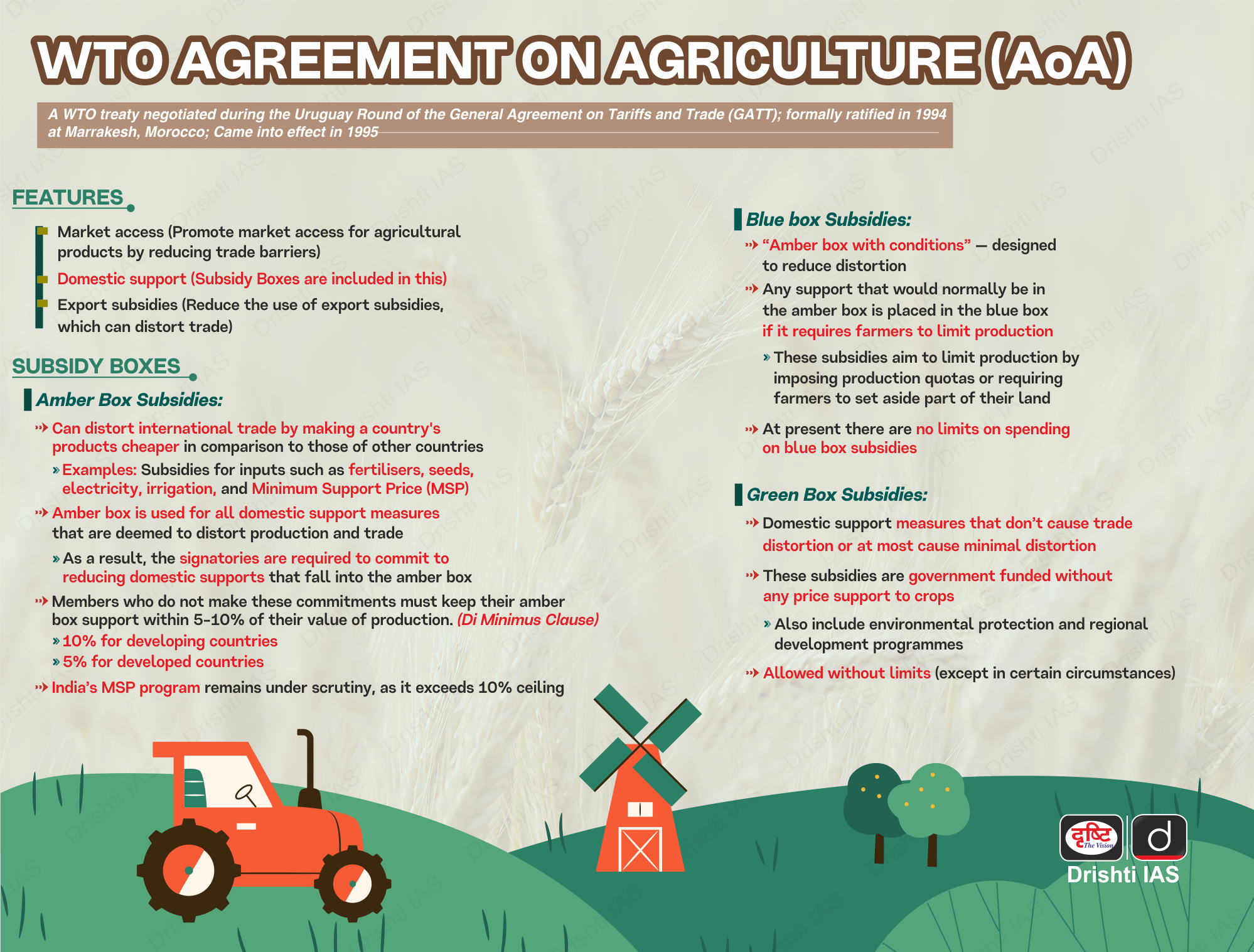
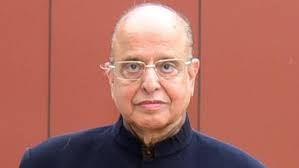
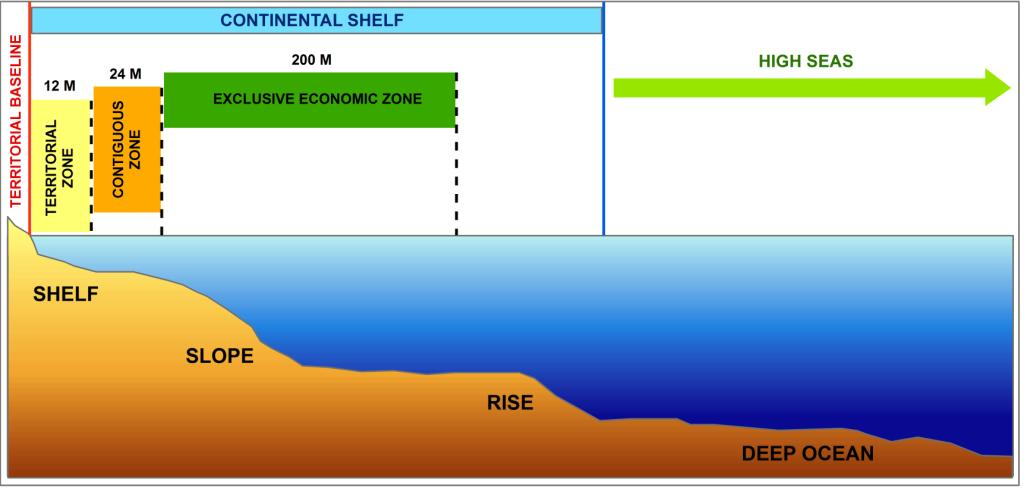
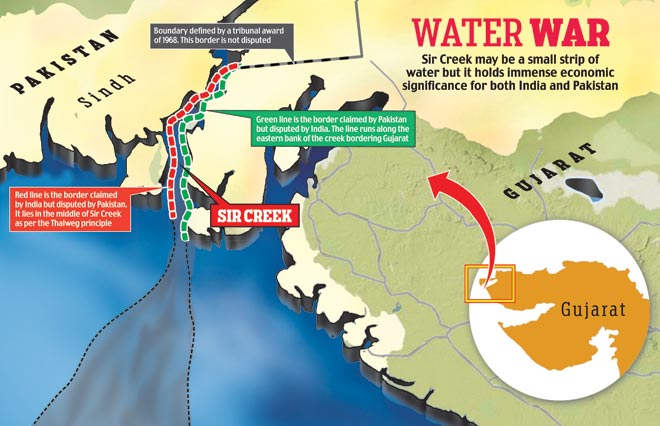
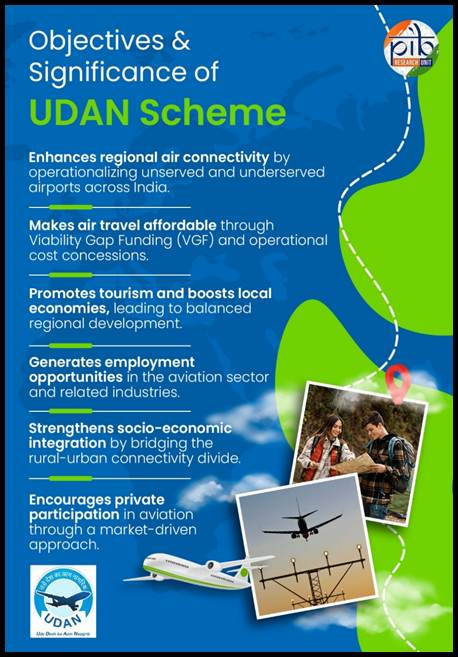
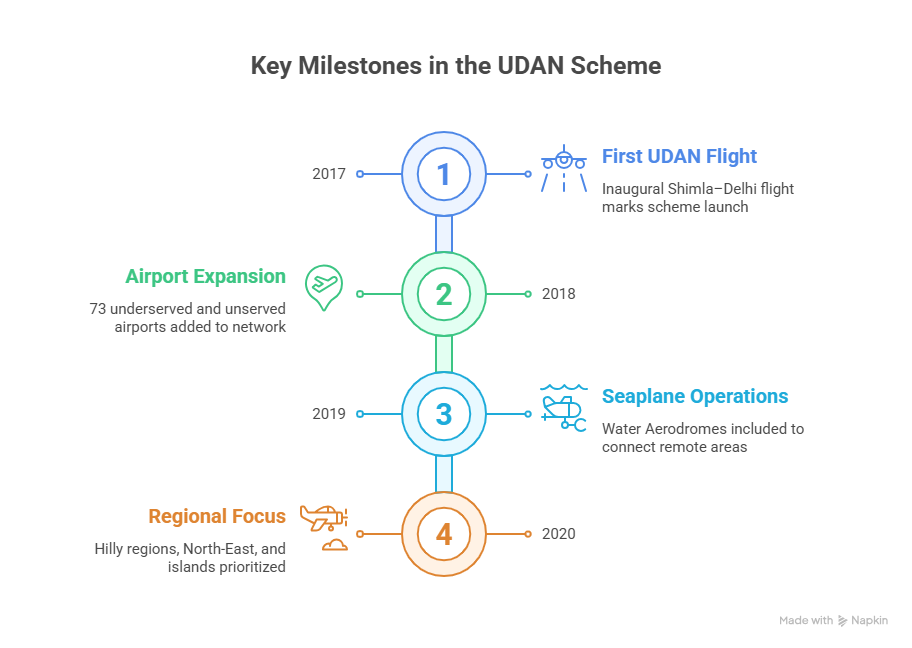
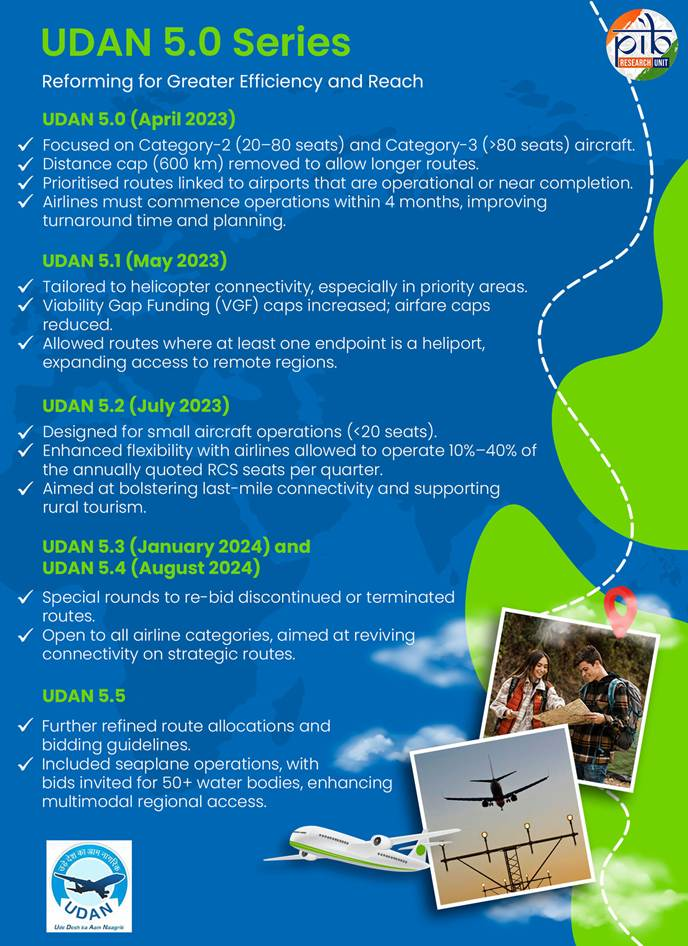
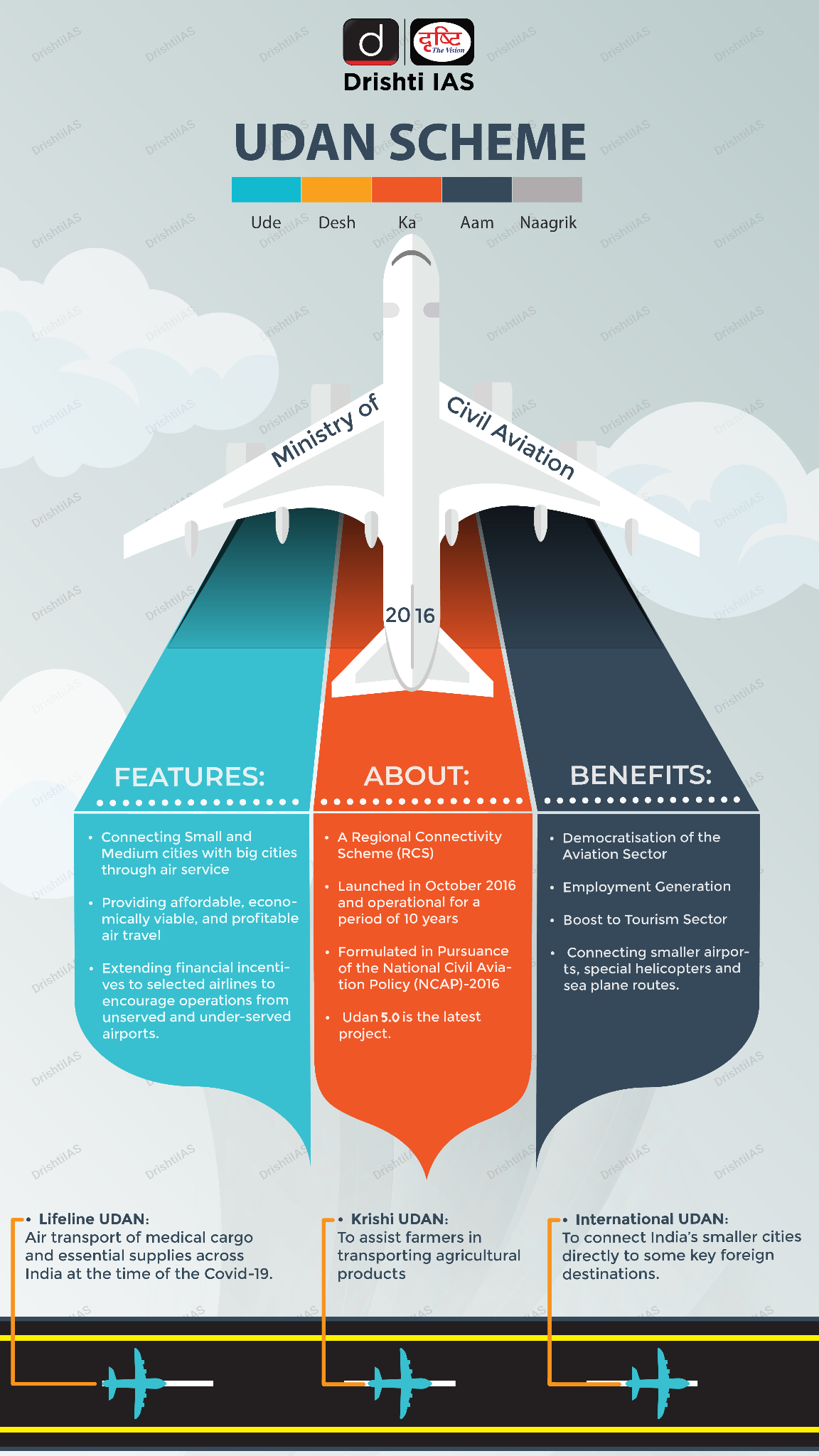
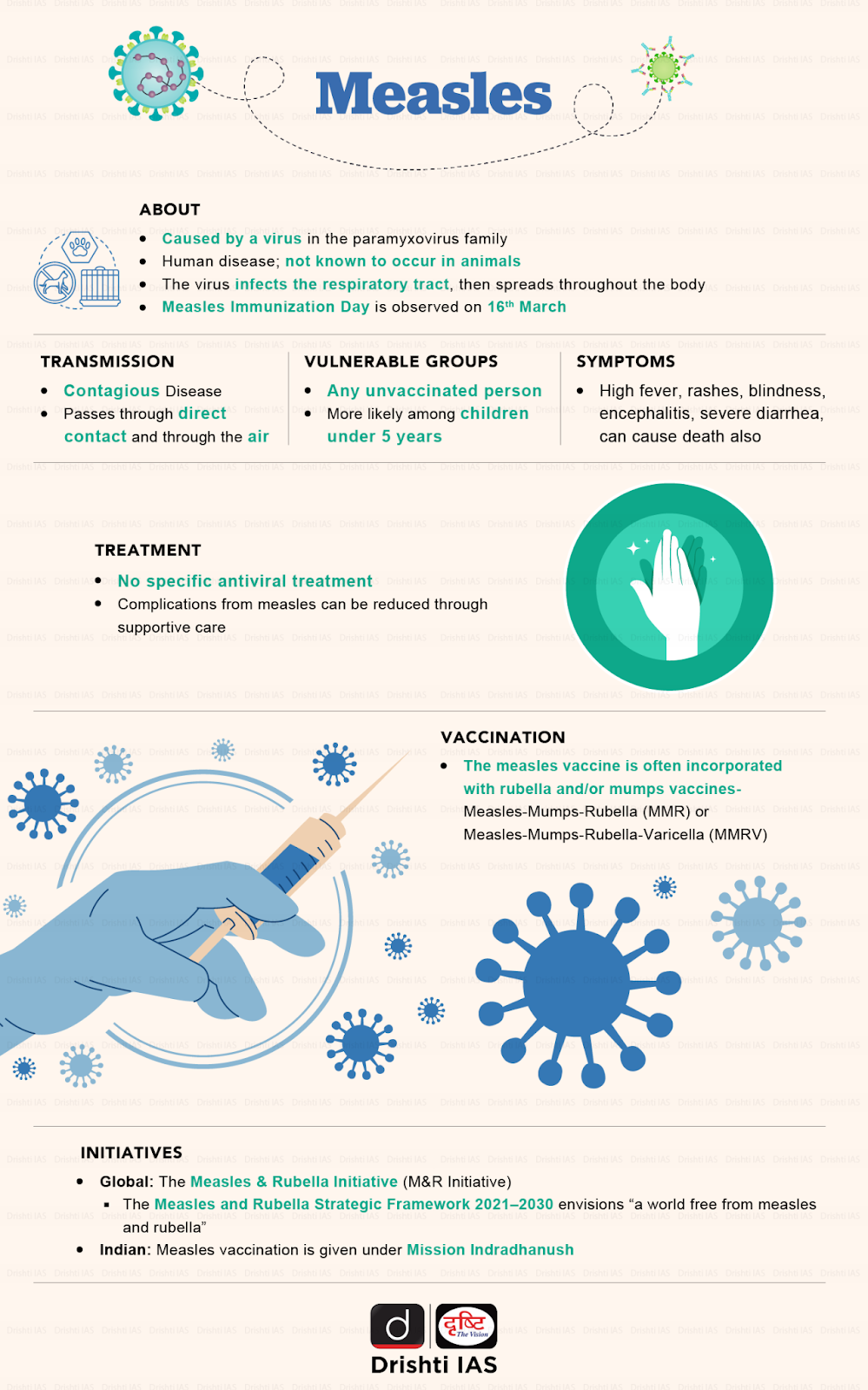
.png)